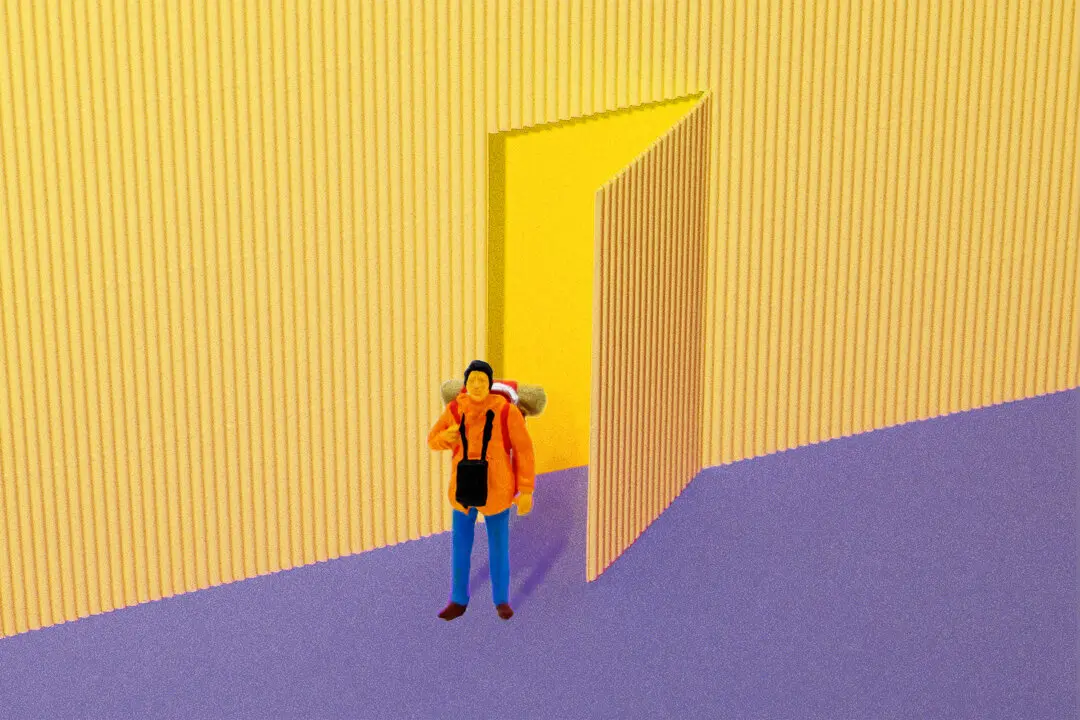We normally think fear holds us back, that it’s something to be avoided. But what if fear was a powerful tool? What if we could master it? We'd be unstoppable, able to push through rejection, failure, and ridicule.
Once upon a time, fear was a signal of danger, telling us to run from a lion or back away from a cliff. That was pretty useful. These days, we don’t face much physical danger, but the same fear signals come up when we’re trying to pursue our dreams or be vulnerable with other people.






